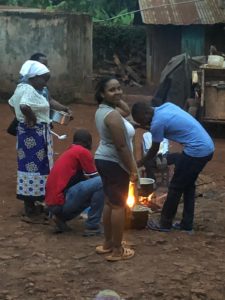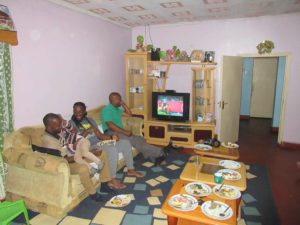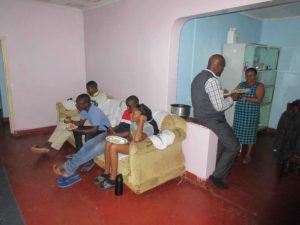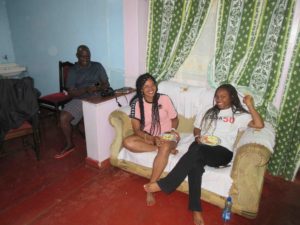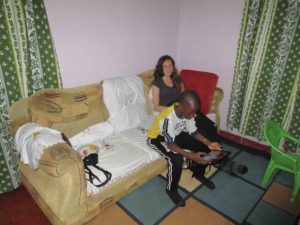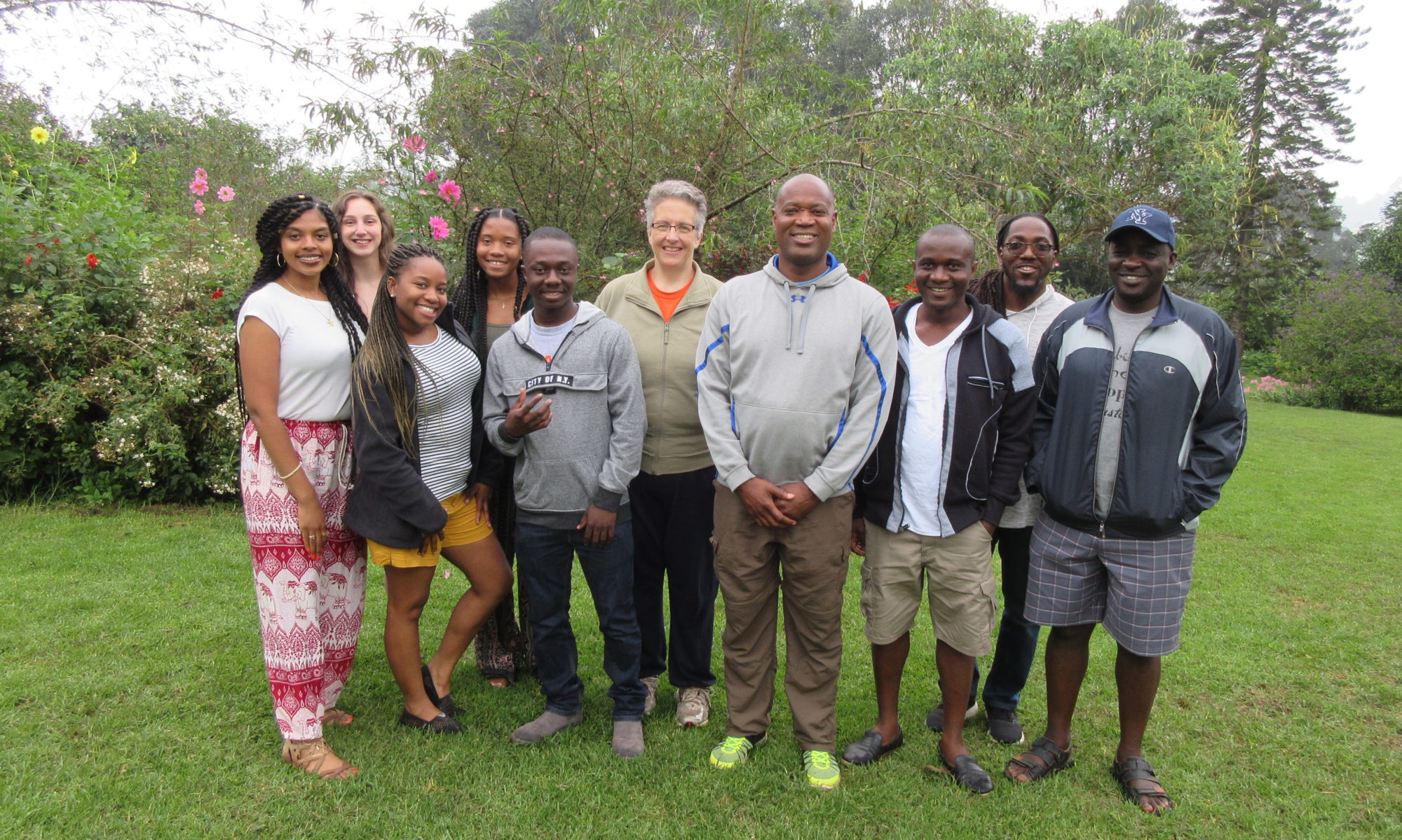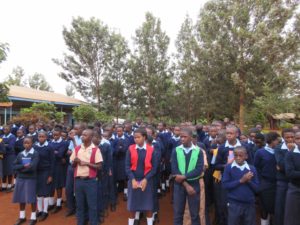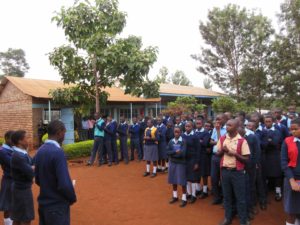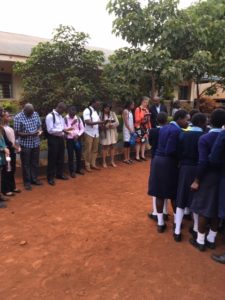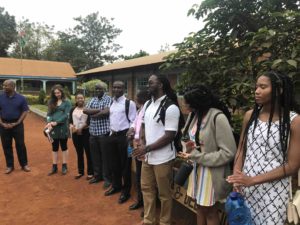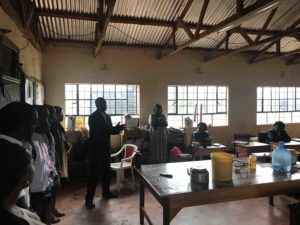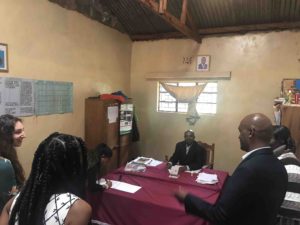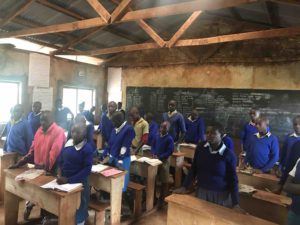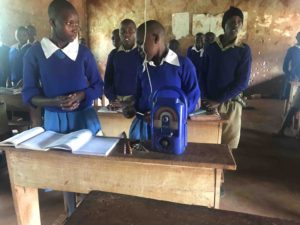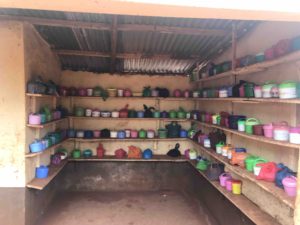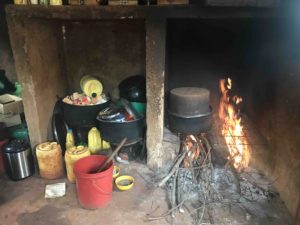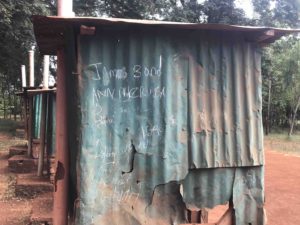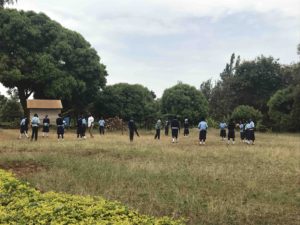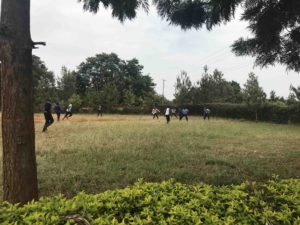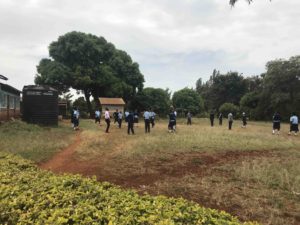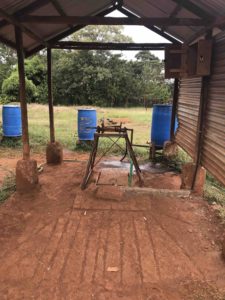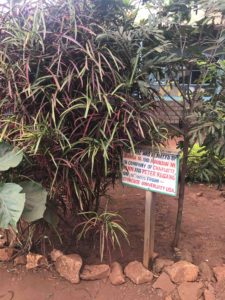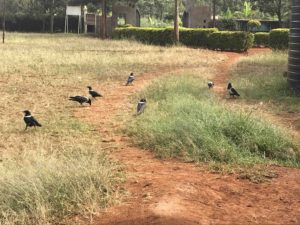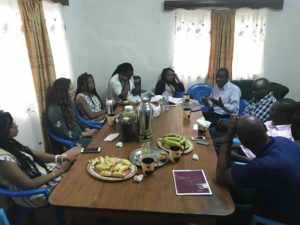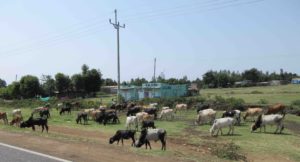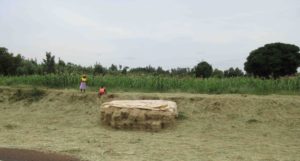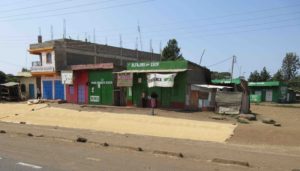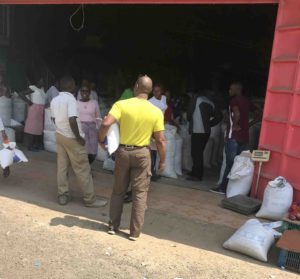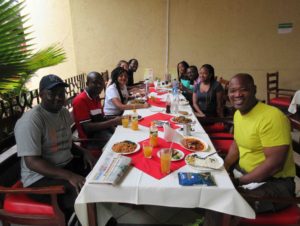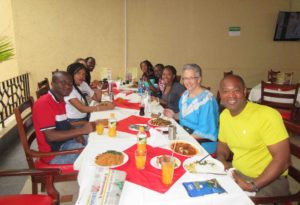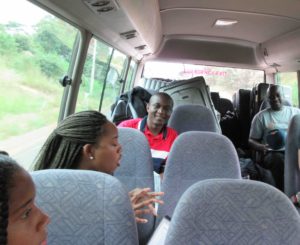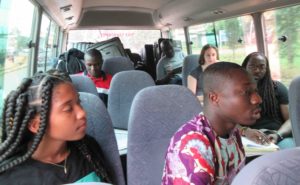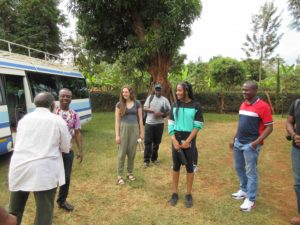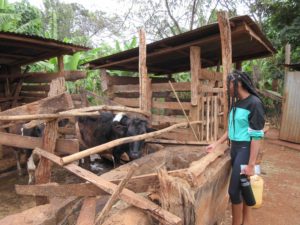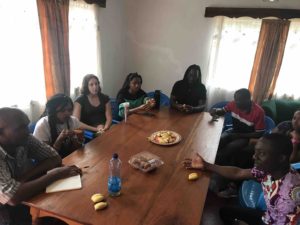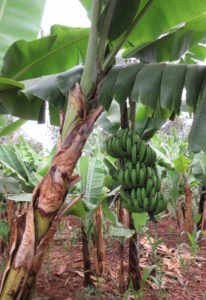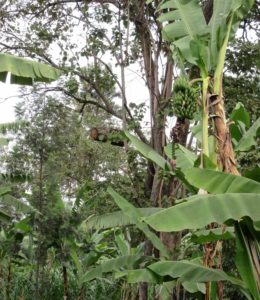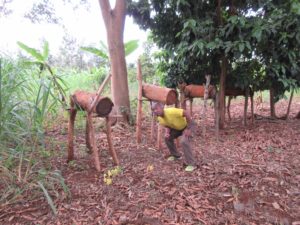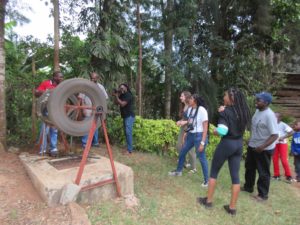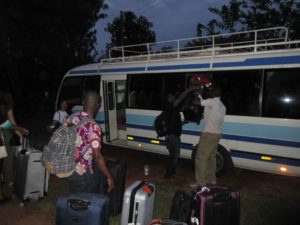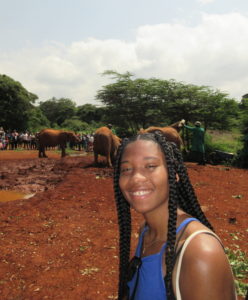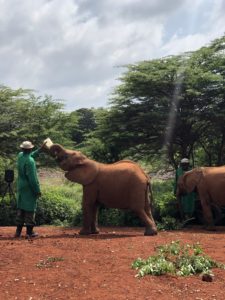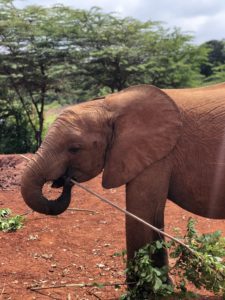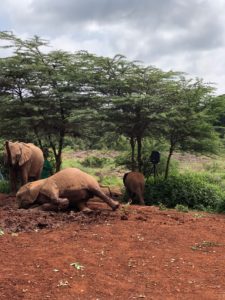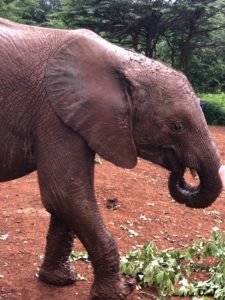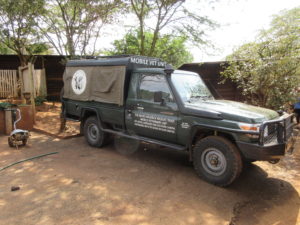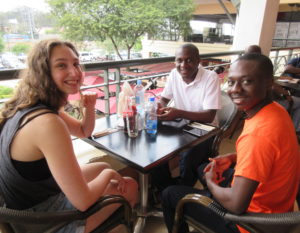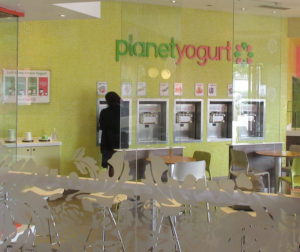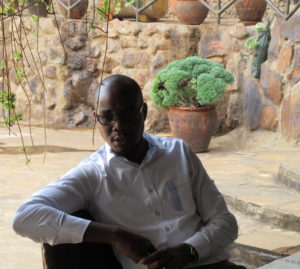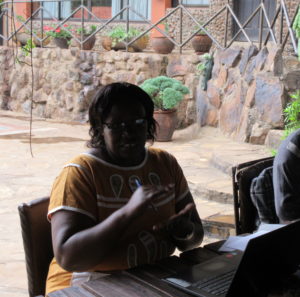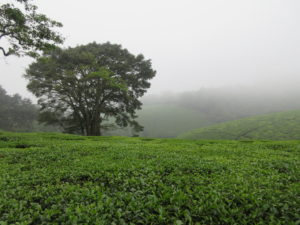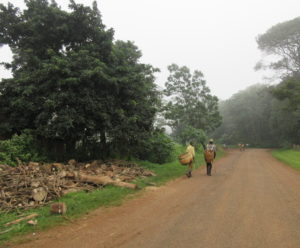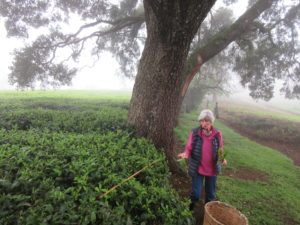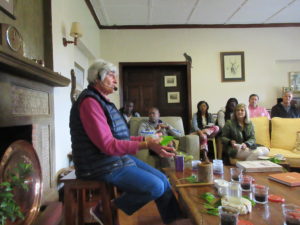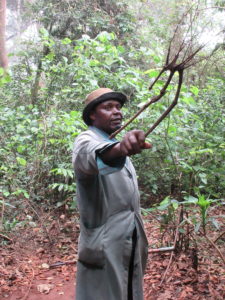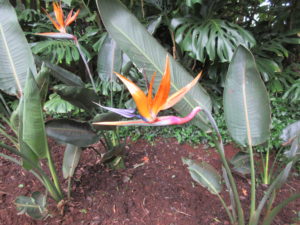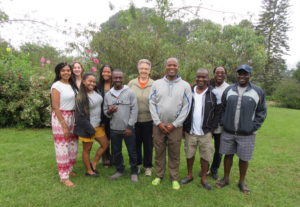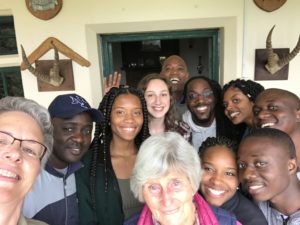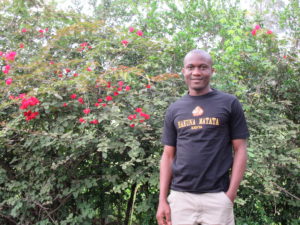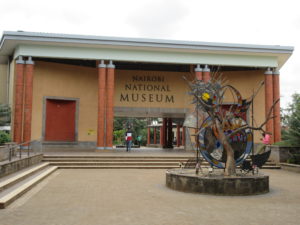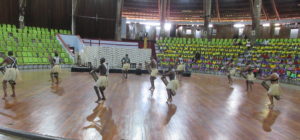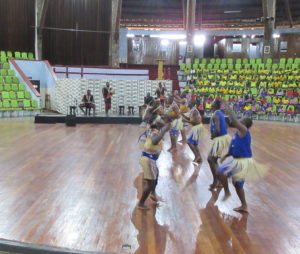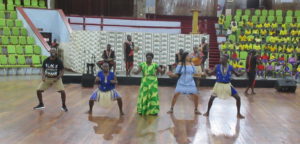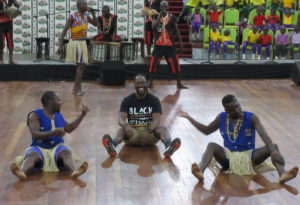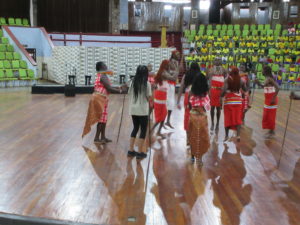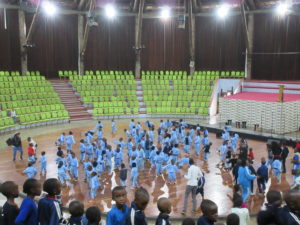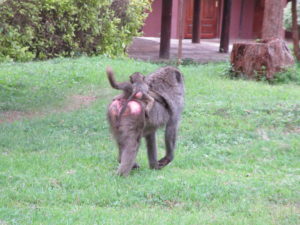Today’s blog is written by one of the students in the study abroad course.
Name: Tiffany Hamm (Twitter: @TiffanyAych)
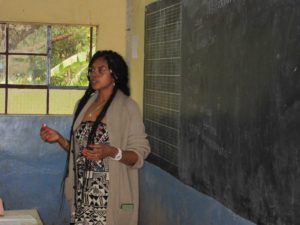
Hometown: the Bronx, New York City
Year and Program of study: Finishing first year in the Ph.D. Science Education program
I am participating in the Kenya study abroad experience because I wanted to explore the ways in which science education is carried within a different culture. Prior to attending Syracuse University, I taught Earth Science at a high school in the Bronx. During my years of teaching, I was committed to developing and strengthening my practice of teaching science. Ultimately, my goal was to increase the accessibility for science instruction for all learners found within my classroom located in an urban community. This includes English Language Learners, students with disabilities, students from low-income households, as well as general education students.
Some things I have observed thus far are the culture of schooling in a rural school in Kenya. In the back of the school, there is a small shamba (garden) full of fresh vegetables and legumes. Food is cooked daily at the school, and meals are eaten together. Personally, this provided a feeling a kinship among the teachers.
I find it interesting that there is no separation between (public) education and religion. Many schools within Kenya are sponsored by a church and therefore incorporate religion and religious studies within their curriculum.
So far, I have only observed education in a rural secondary day school. I am looking forward to observing science classrooms, and education in general first, in the rural primary school, and then in the urban national boarding secondary school.
Recap of Today’s Activities:
Today began with the SU crew visiting the rural schools; a few of us attended the St. Jerome Ugweri Secondary Day School and the remaining attended the Ugweri Primary School. While I was at the secondary school, I was given the opportunity to teach two biology classes; a Form 1 (freshman) class and a Form 4 (senior) class. Some other people in our group taught classes as well.
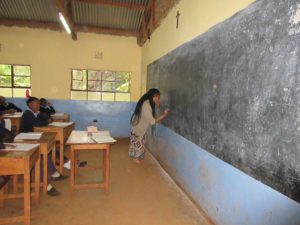
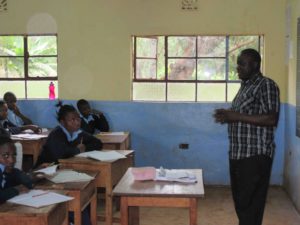
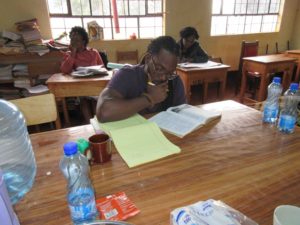
Three members of our group have been working with Mrs. Kamau in the Special Needs Education class at Ugweri Primary School. They went with her and the students in the class on the Tuesday visits to each home of the students in the class. The primary students were thrilled to ride in our bus for the home visits.
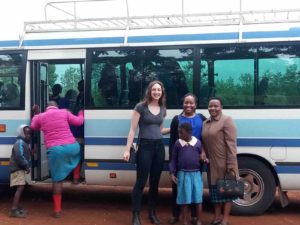
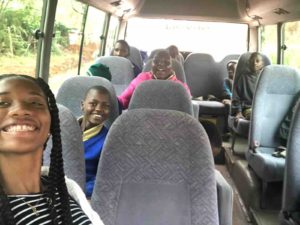
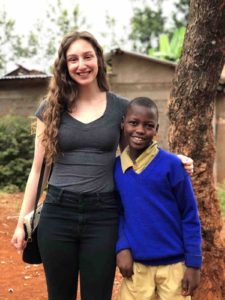

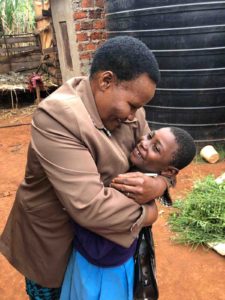
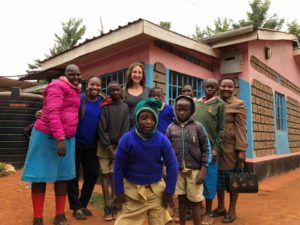
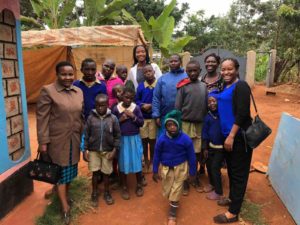
Our leaders, Joanna Masingila and Jeff Mangram, spent the morning with Dr. Peter Rugano, a lecturer at the University of Embu, observing three student teachers from the University of Embu teach lessons during their teaching practice at Moi High School, which is near to Ugweri.
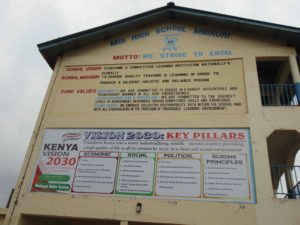
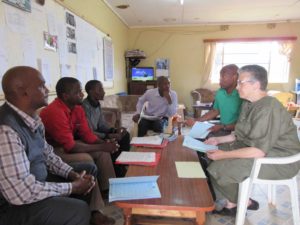
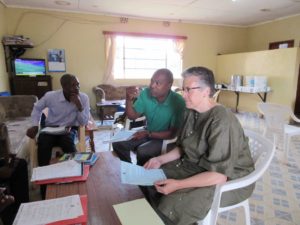
After the school day ended, the students of the secondary school held a volleyball match against the teachers. The students won!

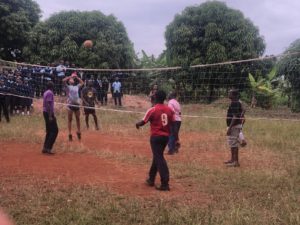
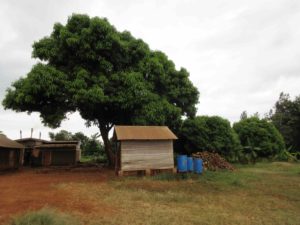
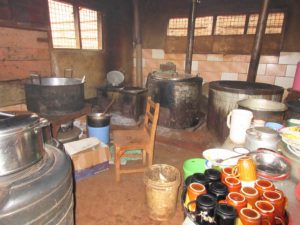
We soon headed back for to our host family’s home and assisted in cooking dinner. For dinner we had ugali, mukimo, chicken broiler, chicken kienyeji, chips (French fries) and sukuma wiki (kale).
